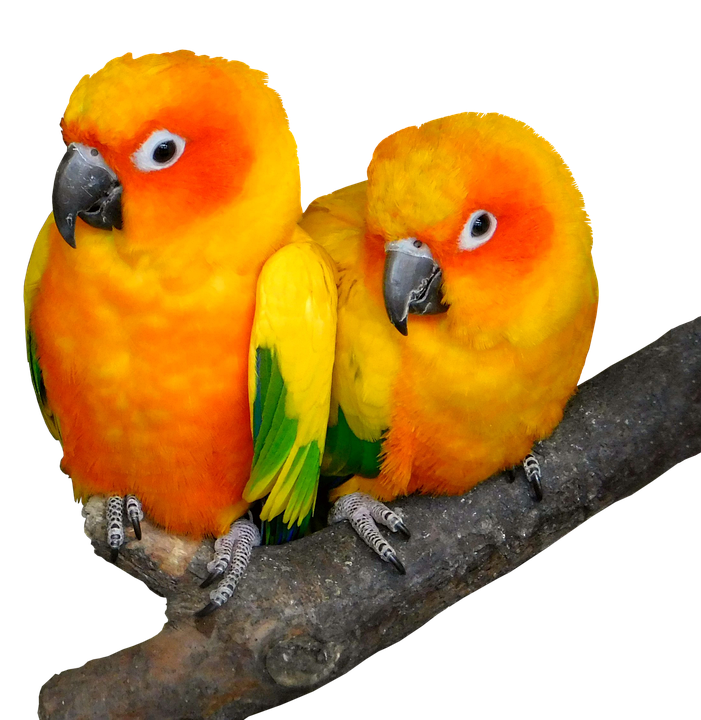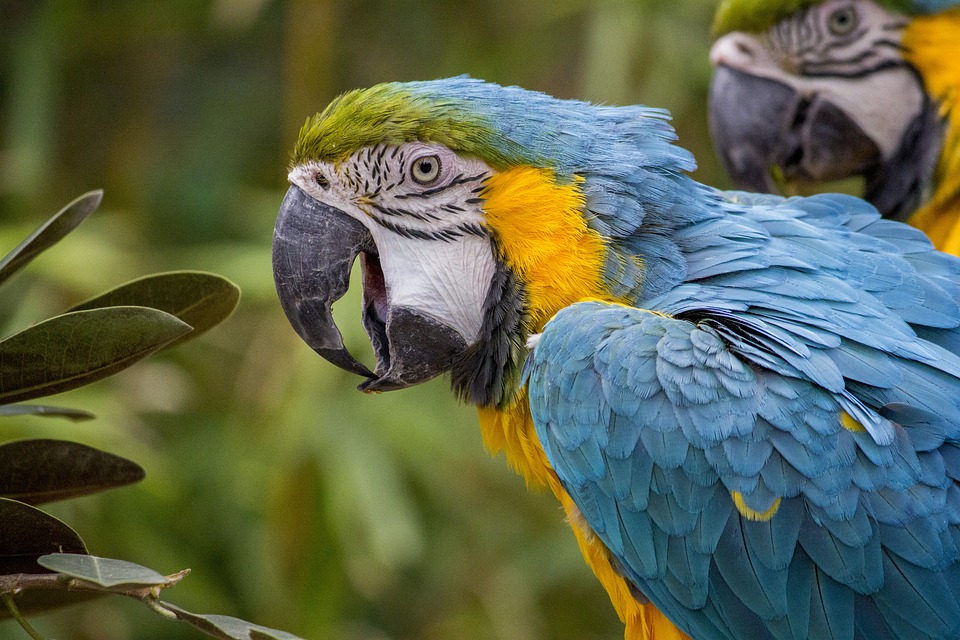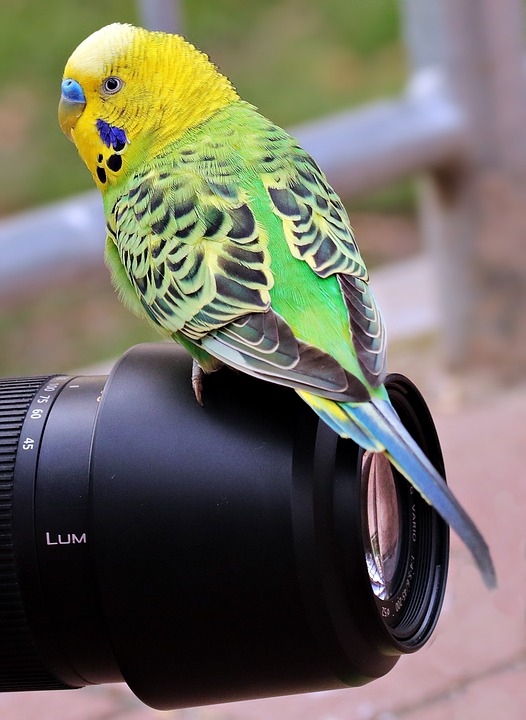Parrots are known for their fascinating behaviors, and one behavior that often leaves owners puzzled is head bobbing. This rhythmic up-and-down movement of a parrot’s head can vary in intensity and speed, and it holds significant meaning in understanding their behavior. In this article, we will explore the reasons behind head bobbing and address some frequently asked questions to help parrot owners better comprehend this intriguing behavior.
Head bobbing is a form of communication among parrots. It is a way for them to express their emotions, intentions, and social interactions. Parrots may bob their heads to convey excitement, contentment, or even a warning signal to other birds or humans. By observing the context in which the head bobbing occurs, owners can gain insights into their parrot’s emotions and needs.
Curiosity is another reason why parrots bob their heads. These naturally curious creatures use head bobbing as a sign of exploration and interest in their surroundings. When they encounter something new or intriguing, they may bob their heads as they try to gather more information about the object or situation. It is a way for them to engage with their environment and satisfy their inquisitive nature.
Head bobbing also plays a crucial role in courtship rituals and mating behavior among parrots. It is often observed in males as they display to attract a potential mate. Head bobbing, combined with other behaviors such as feather fluffing and vocalization, serves as a way for parrots to establish their suitability as a partner. It is a form of communication and a way to demonstrate their desirability.
Additionally, head bobbing can be a reflection of a parrot’s physical comfort. Similar to how humans may sway or rock to soothe themselves, parrots may bob their heads as a self-comforting mechanism. It can indicate that the parrot is feeling relaxed and at ease in its environment.
Now, let’s address some frequently asked questions about head bobbing in parrots.
1. Is head bobbing a cause for concern?
Head bobbing is usually a normal behavior in parrots. However, if your parrot suddenly starts excessively or violently bobbing its head, it could be a sign of distress or illness. In such cases, it is advisable to consult a veterinarian to rule out any underlying health issues.
2. Are all parrot species prone to head bobbing?
While head bobbing is commonly observed in many parrot species, the frequency and intensity can vary. Some parrot species, such as cockatiels and cockatoos, are known for their prominent head bobbing displays, while others may exhibit it less frequently or subtly.
3. Can head bobbing be mimicked or learned by parrots?
Parrots are intelligent creatures capable of imitating behaviors they observe in their environment. It is possible for a parrot to mimic head bobbing if it sees other parrots or humans engaging in the behavior. However, it is essential to note that not all parrots will necessarily exhibit head bobbing, even if they observe it.
4. How can I encourage or discourage head bobbing in my parrot?
As head bobbing is a natural behavior, it is generally not necessary to discourage it. However, if your parrot’s head bobbing becomes excessive or disruptive, it may be helpful to provide additional mental and physical stimulation to keep them engaged. Engaging in interactive play, introducing new toys or puzzles, and ensuring a stimulating environment can help redirect their energy.
In conclusion, head bobbing is a fascinating behavior displayed by parrots that serves various purposes, including communication, courtship, and physical comfort. By understanding the reasons behind this behavior and observing it within the appropriate context, we can gain valuable insights into our parrot’s emotions and needs. Remember to always monitor your parrot’s behavior and consult a professional if any concerns arise.









